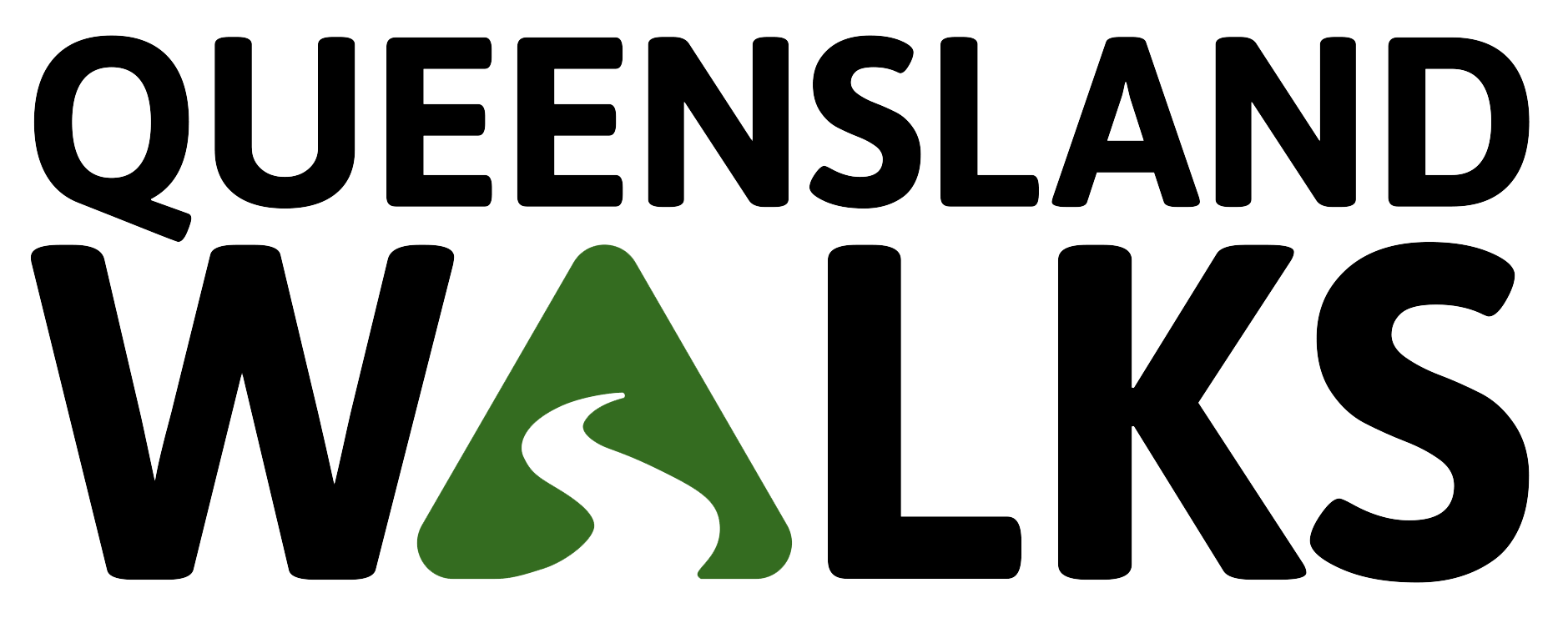Walking for the win in 2032
Amid all the excitement of Brisbane being awarded the 2032 Olympics and the recently announced SEQ City Deal, its timely to pause and think about how to build the best legacy for the city and region. Much of the talk focusses on liveability, that much sought after, but often poorly defined or understood term.
The City Deal includes establishing a SEQ Liveability Fund to fund projects that deliver improved community facilities, urban amenity or enhanced liveability, and support environmental infrastructure and open spaces. The City Deal also will identify opportunities to provide green infrastructure to address urban heat and to encourage a more walkable SEQ.

Families walking to school
So what is liveability, and what role does walkability have in its success?
Popularised by the Economist Intelligence Unit’s Global Liveability Index, liveability has become a key term to describe a place, community and a person’s quality of life. The term has evolved, but at its core it attempts to describe and assess the key elements influencing the human experience of our towns and cities.
Planning for liveability is crucial for cities to succeed socially, economically and sustainably and to improve community health. But it is easy to plan and develop cities in a way that loses focus on what’s best for the communities in them. Cities that genuinely deliver liveability, do more than just improve the public realm. They actively refocus transport away from car dependency towards more active forms, and in particular, walking.
The excellent 2021 Liveability Report conducted by Placescore found that 60% of respondents wanted walking, jogging or bike paths that connect their house to where they need to go.
Just 20% of respondents in Brisbane stated that being able to drive and park was important for the liveability of the city.
Walkability is a central foundation for liveability. It allows people to move around in a way that connects them to their community, get some exercise, reduce their climate impacts and spend more locally. Walkable cities function better to create healthier, happier, and more productive communities. People value walkability. Research by Christopher Leinberger establishes that people will pay a premium for it.
Liveability and walkability are interconnected.
Walkability allows economic resilience and inclusion in a way that we don’t see with communities that are reliant on the use of private vehicles to shop, to get to school, to arrive at public transport.
Conversely, heavy investment in road-based solutions turns its back on localised liveability, as more congested roads has reduced our quality of life and increased the risk of injuries and fatalities.
Walkability allows economic resilience and inclusion in a way that we don’t see with communities that are reliant on the use of private vehicles to shop, to get to school, to arrive at public transport.
So while important investments in public transport will underpin a successful Olympics and region post 2032, it is a focus on walkability that will really underpin our future liveability. Let’s fill in the gaps in our footpath networks, provide more street trees and other shading and greening, more to walk to locally and make our cities truly liveable. This is a once in a lifetime chance to make south east Queensland a world leader in subtropical liveability.
It’s walking for the win in 2032 and beyond.

What do you think?
“Are we providing walking spaces for all ages and all mobility needs? The answer in Brisbane is barely. In Brisbane, the neglect of footpath construction and maintenance has been consistently flagged with Brisbane City Council as problematic, disconnected and dangerous. A systematic review of kerb ramps and safe crossings is also essential. We are nowhere near ready to welcome Paralympians, nor to move the masses for the Olympics and to leave our stunning city and suburbs with a lasting and inclusive legacy. To achieve this we need action now: a Walkable Brisbane Strategy is THE most important start needed for a liveable and walkable city and suburbs. “
Anna Campbell, Executive Officer – Queensland Walks.

